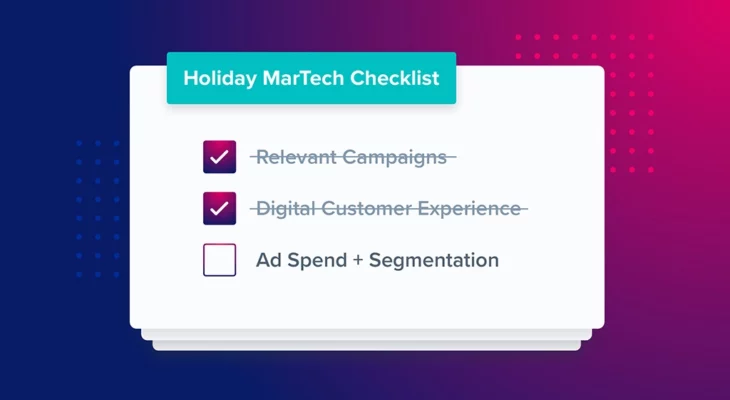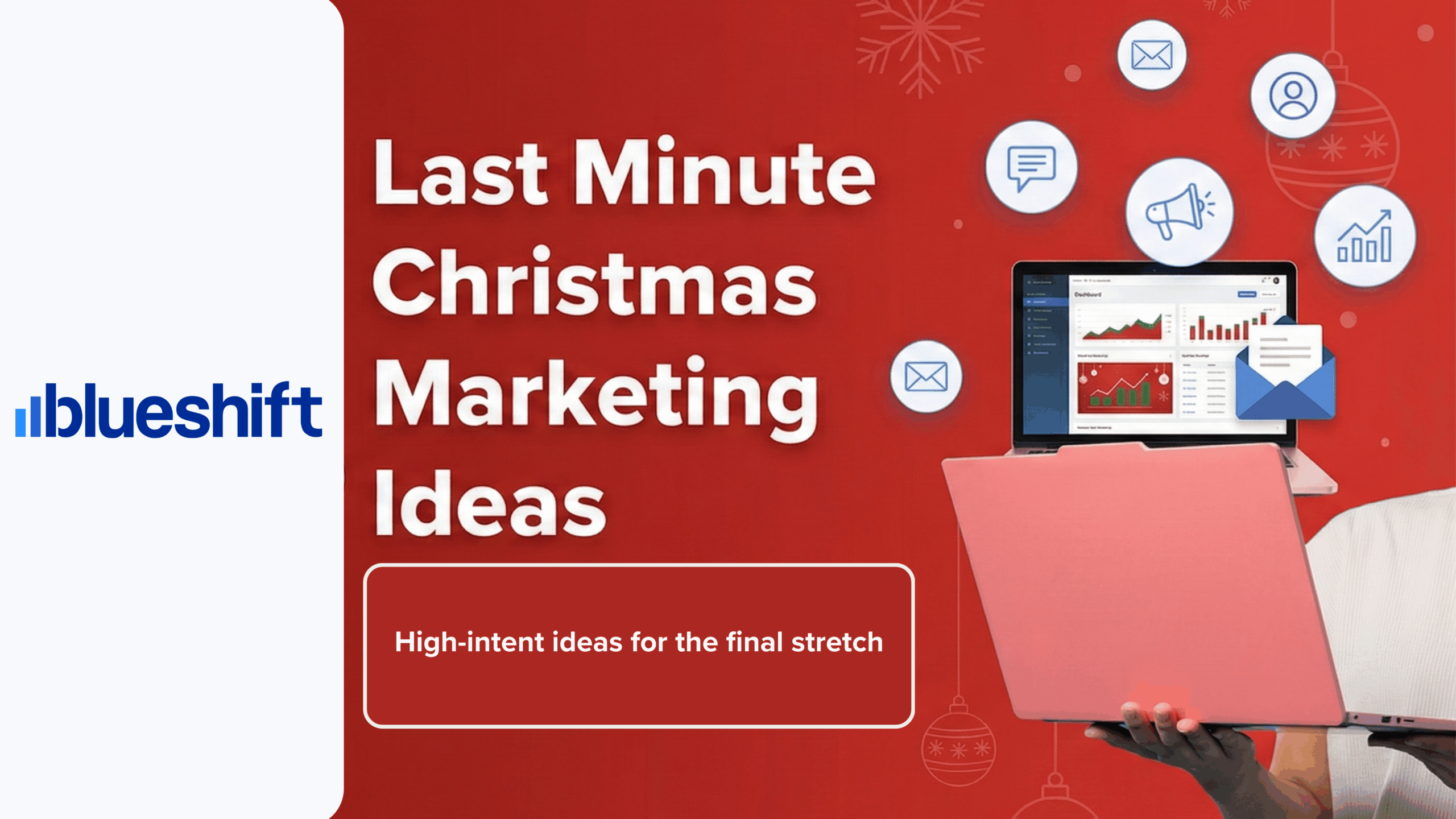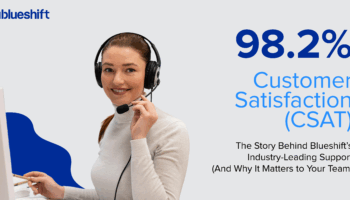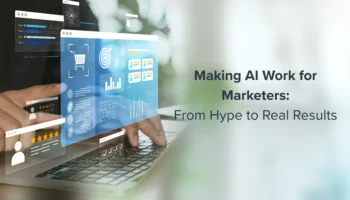For the average consumer, the holidays are probably the last thing on their minds as they soak up the last days of summer — but marketers know the season is sure to sneak up quickly. The 2020 holiday season will be different from most as we all shift to doing more and more online and marketers will need to adjust accordingly with more digital campaigns and personalized online experiences. We’re here to help! As you’re wrapping up (I apologize for the holiday puns in October) your planning for holiday campaigns it’s important that you’re also taking stock of your martech.
Given that our November and December will look so different this year, marketers will need the right martech to successfully see them through to January 1st. How does your organization stack up? Take the quiz below to find out if your martech makes the “Naughty” or the “Nice” list this year.



